As a nutritionist, I have consulted with many clients over the years about how to eat to improve their health. Since every individual has different nutritional needs based on their genetics, lab results and current lifestyle, each nutrition consult is different than the one before. In addition, nutrition messages have come and gone over the decades based on the latest research findings which may create the need to tweak a previous recommendation to the same person.
But, in spite of changing research and individual differences, one nutrition message has survived the test of time.
Whenever clients ask me “What one thing can I do to improve my health?” My answer is:
“Eat 8 – 10 servings of brightly colored, low carb vegetables daily!”
Then I wait for their eyebrows to go up...
I Need How Many Vegetables a Day?!?
Nutrition scientists and researchers have an ongoing debate about how much fat, carbs and protein a person needs but one of the few subjects that brings peace talks around the proverbial academic table is the nutrition message of eating more vegetables. There has been one change to the eat your vegetables message, however - the daily recommendation has increased. The Institute for Functional Medicine advises 8 – 10 servings of low carb vegetables daily from all colors of the rainbow.
Eat 8-10 servings of low carb veggies daily from all colors of the rainbow. #saslife Click To TweetVegetables, as well as fruits, contain powerful nutrients and phytonutrients that are not supplied by any other food groups. Each color group in the vegetable and fruit kingdoms provides different nutrients – vitamins, minerals, phytonutrients and amino acids - that keep our bodies’ metabolic pathways functioning properly. If you’ve ever taken a biochemistry or cell biology class this may sound familiar.
Without the key nutrients supplied by vegetables, we are more susceptible to diseases and conditions that could otherwise be prevented - like certain cancers, autoimmune conditions, and diseases of the eyes, heart and brain. And, when these nutrients and phytonutrients are supplied regularly in our diets, our metabolic pathways hum like a hummingbird which equates to a healthy immune system, improved energy and less sickness.
So, how in the heck can you eat 8 – 10 servings of vegetables in 1 day?
First, it’s important to keep in mind what a serving is:
Here’s a visual tour of what a day with 8 – 10 servings of vegetables looks like:
Egg Muffins or veggie omelet with ½ – 1 cup vegetables
(1 – 2 servings veggies)
Green Smoothie made with 1 cup raw spinach and fruit
(1 serving veggies)
Lunch
Salad made with 2 cups greens and 1 cup chopped veggies
(Be sure to add protein and healthy fat)
(4 servings veggies)
OR
Bunless Burger with roasted red pepper, lettuce, tomato and grilled asparagus
(Avocado is the healthy fat)
(3 servings veggies)
Dinner
Remember to fill ½ your plate with low carb veggies!
1 cup patty pan squash with onions and 1 cup roasted Brussels sprouts
(4 servings veggies)
OR
1 cup lemon dill green beans and 1 cup roasted zucchini & squash
(4 servings veggies)
Here are 5 tips for how to make this happen:
Tip #1: Pre-prep on Sundays
Over the weekend, buy the vegetables you will need for the following week and chop them on Sunday afternoon. Store chopped vegetables in glass containers or plastic ziptop bags like books on a bookshelf
From This:

To This:

Tip #2: Invest in chopping gadgets
- If pre-prepping produce is as dreaded as a root canal, invest in a couple of handy chopping tools and schedule a group chopping time. Put on some good music and knock it out in an hour while enjoying some quality chat time with your family or roommates.
- Or, find a responsible teen in your neighborhood that aspires to be a chef. Hire them once a week to do your chopping for you (this teen may live in your house). Thanks to the Food Network, many teens LOVE being in the kitchen. I would’ve chosen chopping produce over babysitting any day! (This could look good on a culinary school or college application!)
Check out these quick chopping tutorials:
Tip #3: Consider "Batch" cooking
Batch cooking is cooking large servings of foods on weekends that can be used for dinners during the week. Here are some examples of batch cooking:
- Vegetables - Roast several large pans of various vegetables to use for dinners and in salads throughout the week.
- Meats - Grill or bake 8 – 10 chicken breasts, crock pot 2 pork tenderloins and grill several pounds of shrimp for weeknight meals. Freeze in individual meal portions and leave out enough for a few meals during the week. Add raw or grilled veggies and a healthy starch for a quick dinner.
- Beans and Lentils - Cook a large batch of lentils and toss dry beans in the crockpot overnight . Freeze in individual ziptop bags. These are good for quick prep of bean and veggie dishes during the week.
- Soups and Sauces - Make spaghetti sauce (with lots of veggies) and soups (with lots of veggies) in large batches. Freeze one batch and save the other for dinner one night this week. Add a side salad.
- Starches – Bake a large batch of sweet potatoes, cool, then wrap them in wax paper and freeze in ziptop bags. Thaw what’s needed for dinner in the microwave. You can serve your veggies and meat right on top of them. Cook a large batch of brown or wild rice, quinoa or millet. Freeze them in family size portions and add to veggie stir fries, soups or as a side dish.
- Vegetable Frittatas or Egg Muffins – cooked eggs freeze well. Take advantage of this opportunity by making batches of Egg Muffins or Vegetable Frittatas on the weekends. Cut in individual portions, freeze and thaw when needed for a quick breakfast with veggies on the go.
For more tips on Batch cooking, check out this Washington Post article.
Tip #4: Make a "To Go Stir Fry Kit"
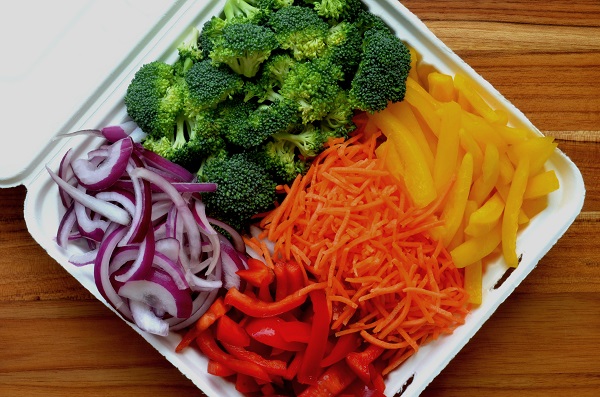
By Thursday, your Sunday pre-prep ingredients may run out. So, consider stopping by the salad bar at your work cafeteria or at your local supermarket. Stuff a few take out containers with chopped broccoli, onions, carrots, peppers and mushrooms.
Once home, toss the veggies in a skillet with extra virgin olive oil. Add chicken or shrimp and your pre-cooked quinoa or wild rice and you’ll have dinner in 15 minutes.
Tip #5: Re-create your plate in restaurants
When eating in a restaurant, split an entrée with someone at the table or choose a healthy appetizer-sized protein (ex. grilled shrimp) and add 2 side vegetables or 1 side vegetable and a salad. If desired, add a starch like wild rice or a sweet potato.
Most entrees aren’t served this way but restaurants are very accommodating and can easily make this happen. (Hint: This is a lot easier to do if you choose a restaurant that offers vegetables. For instance, this will be a challenge at a barbecue lodge, fried seafood house or fast food restaurant.)
Check out these beautiful restaurant meals containing lots of vegetables:



With a little practice and planning plus some new kitchen skills, you will be up to 8 – 10 servings of vegetables daily in no time!
Note: Those with IBS may need the assistance of a Registered Dietitian Nutritionist to help determine how to increase vegetables without causing GI distress.
What strategies do you use to add more vegetables to your eating plan?
Sausage and Apple Stuffed Acorn Squash
Adapted from Kaarin at food.com
Makes 4 Servings
My first taste of this delicious recipe was when my daughter-in-law, LA, prepared it for us. I was hooked after 1 bite! It combines all the elements of FASS – Fat, Acid, Salty and Sweet – which means all your taste buds are engaged at once when eating it. That also means Out Of This World Deliciousness!!
Over time, I’ve made a few adjustments from the original version based on our household preferences. Since Fall is upon us, acorn squash is at its peak which will make this dish taste even more fabulous!
Ingredients
2 acorn squash, halved and seeded
2 tsp extra virgin olive oil
1 tsp ghee or butter (preferably grass fed)
¼ tsp garlic salt or Homemade Lawry’s Seasoned Salt
½ tsp dried sage
1 pound high quality mild ground pork or chicken sausage - raw
1 Tbsp extra virgin olive oil
½ cup sweet onion, finely chopped
1 celery rib, finely chopped
4 ounces mushrooms, chopped
2 Fuji or Macintosh apples, cored and chopped
¼ cup Panko bread crumbs (optional)
Salt and pepper, to taste
Directions
Prepare and Cook Squash Halves:
- Brush the tops and cavities of squash halves with 2 tsp olive oil and 1 tsp ghee (or you can use 1 Tbsp olive oil and omit the ghee - the ghee helps them brown up nicely and adds yumminess!).
- Season the tops and cavities with sage and garlic salt or seasoned salt.

- Bake squash cut side up in a 400⁰F oven for 1 hour until squash is tender but still holds its shape.

Prepare and Cook Stuffing:
- While squash is cooking, crumble and brown the sausage in a skillet.

- Remove sausage from skillet and drain on paper towels or in a colander.
- Pour off fat from skillet and add 1 Tbsp olive oil. Add onion, celery and mushroom and sauté for 4 minutes.
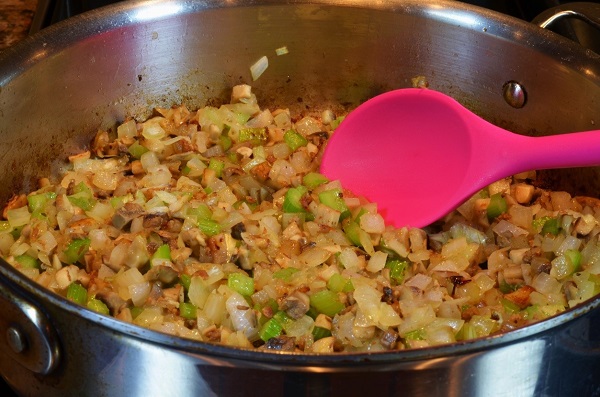
- Add apples and sauté 2 more minutes.

- Add the sausage back to the pan with the apple mixture. Combine thoroughly.
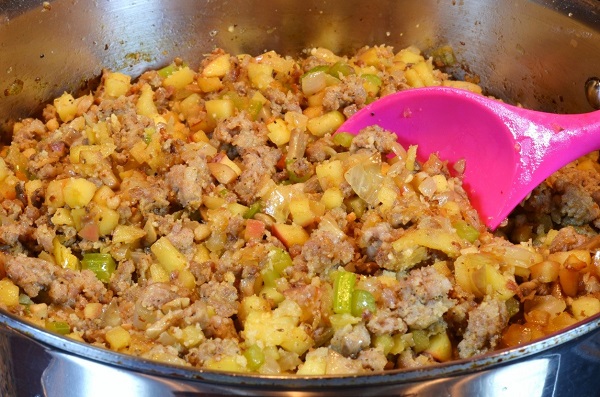
- Cut off the heat and add the Panko bread crumbs (optional – tastes great even without Panko bread crumbs.) Season with salt and pepper if desired (depending on the sausage you choose, you may not need any more seasoning).
- Fill each squash cavity with the stuffing mixture. Return the filled squash halves to a 400⁰F oven for 7 – 8 more minutes.
- Serve with a side salad or grilled asparagus. Enjoy!
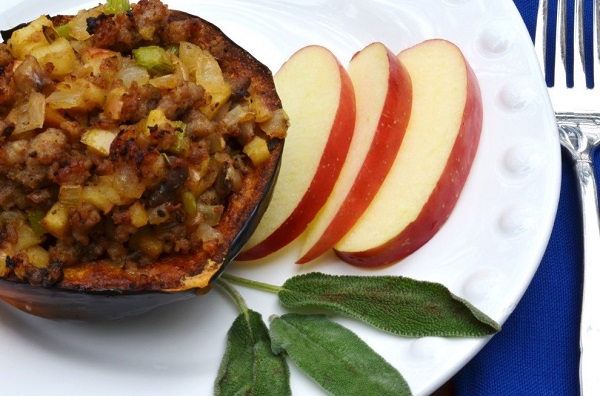
Click here for a printer-friendly version of this recipe.
Click here for a printer-friendly version of this blog post.

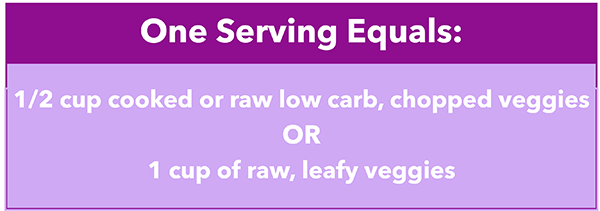
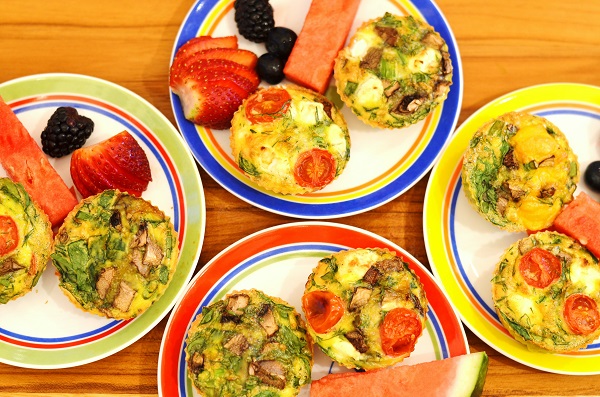
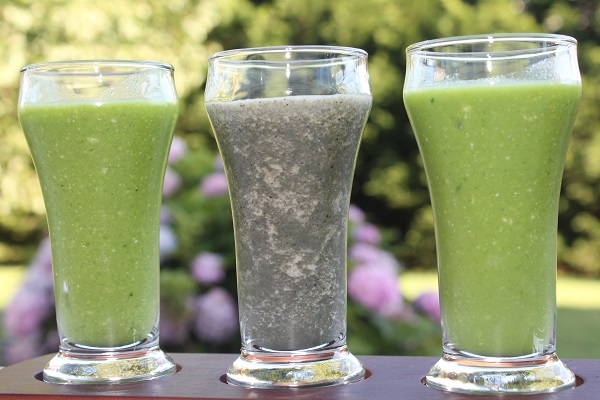



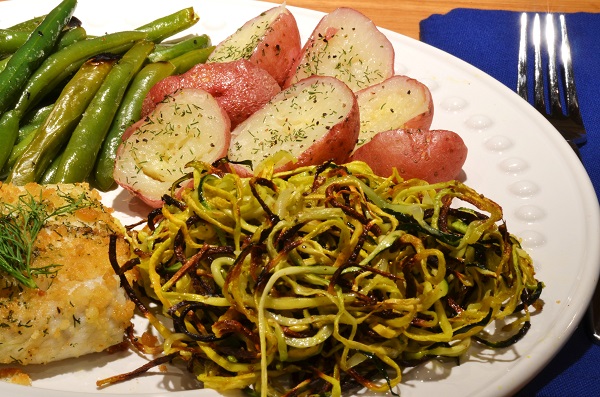
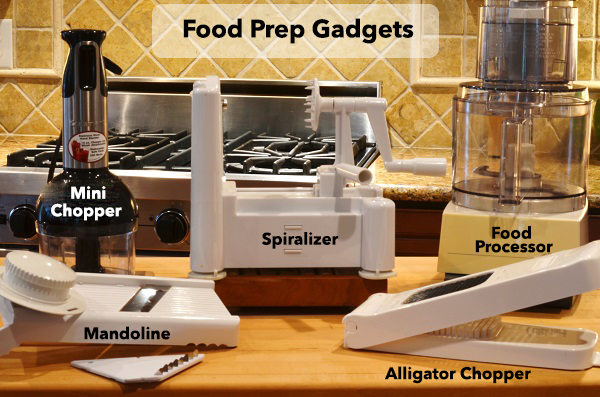


2 Comments
It's amazing how many times I suggest eating more veggies, and the response I get is "I don't want to overeat; it will make me fat." This usually comes from people who are overweight or struggling to maintain. You don't get fat from eating more veggies.
So true! Thanks for this important discussion point, Tammy! Reducing the starch portion on the plate and adding more vegetables is a great weight loss strategy.